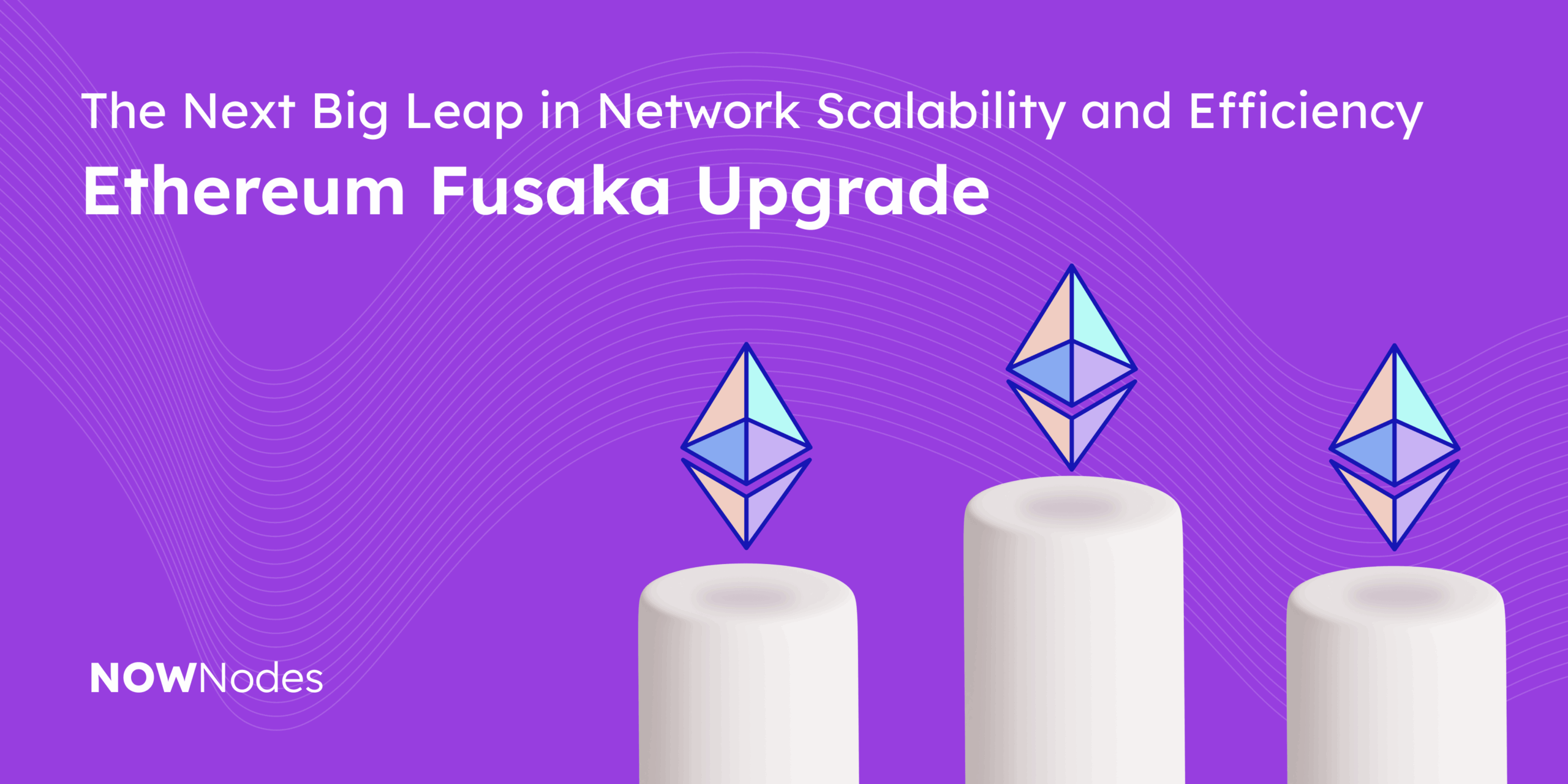Ethereum is back in the spotlight in 2025, navigating fierce competition from Solana, BNB Chain, and a host of Layer 2 (L2) solutions. After a long period of stagnation in on-chain activity and price, Ethereum’s latest updates-Pectra and the upcoming Fusaka upgrade-are setting the stage for a more scalable, efficient, and user-friendly network. Let’s take a look at Ethereum Fusaka Upgrade closer!
What Did the Pectra Update Bring to Ethereum?
The Pectra update delivered some big improvements designed to make Ethereum more efficient and flexible. One of the coolest features? Adding smart contract capabilities to wallets. This means wallets can now handle more complex operations, making them easier to use and recover.
Pectra also doubled the storage capacity for Layer 2 rollups (like zk-Rollups and Optimistic Rollups), allowing more transactions to flow through the network without clogging the base layer. On top of that, it revived Ethereum’s deflationary model by increasing the amount of ETH burned in transaction fees. This helps reduce the overall supply of ETH, which is great news for holders.
Thanks to Pectra hard fork, we’re already seeing a surge in smart account authorizations and an increase in network activity that promises a healthier Ethereum ecosystem moving forward.
What’s Next? The Ethereum Fusaka Hard Fork
Looking ahead, the Ethereum Fusaka upgrade is slated for the second half of 2024 and promises to be a game-changer. This major hard fork focuses on improving Ethereum’s scalability and making life easier for node operators.
At the heart of the Fusaka upgrade is the PeerDAS protocol (EIP-7594). This smart tech lets nodes request just small pieces of data instead of downloading entire blocks. The result? Lower storage needs, less bandwidth usage, and faster data sharing across the network.
Fusaka also aims to increase the gas limit significantly, potentially allowing up to 50 BLOB objects per block. This opens up more room for Layer 2 transactions and complex decentralized applications (dapps), meaning faster and cheaper transactions for users.
Additionally, Fusaka will bring enhancements like:
- Flexible parameter tuning without heavy hard forks (EIP-7892)
- Improved coordination among validators for faster block confirmation (EIP-7917)
- Increased transaction gas limits to prevent network overload (EIP-7825)
All these changes make the Ethereum Fusaka upgrade one of the most anticipated network improvements of the year.
What Does This Mean for Ethereum’s Future?
Ethereum still holds the crown as the most popular smart contract platform and a cornerstone of DeFi. However, growing competition from networks like Solana and BNB Chain is pushing Ethereum to innovate faster.
If the Fusaka hard fork is successfully implemented, it might boost Ethereum’s capacity, reduce strain on node operators, and improve the overall user experience. This is crucial for maintaining Ethereum’s leadership in the long run.
But it’s not without risks. The complexity of Fusaka means thorough testing is vital to avoid bugs or network issues. Still, the Ethereum community is optimistic, as the upgrade aligns with the roadmap of continued Layer 1 improvements alongside the expansion of Layer 2 solutions.
In Summary
- The Pectra update improved wallet functionality, expanded Layer 2 storage, and reinforced Ethereum’s deflationary model.
- The upcoming Ethereum Fusaka upgrade is poised to revolutionize scalability with PeerDAS, higher gas limits, and smoother validator coordination.
- These updates are key to Ethereum’s battle for dominance against other smart contract platforms.
- Success of the ethereum fusaka hard fork could mean faster, cheaper, and more reliable Ethereum transactions in the near future.
Ethereum’s journey is far from over, and with Fusaka and Pectra paving the way, the network is gearing up for a new era of growth and innovation.



